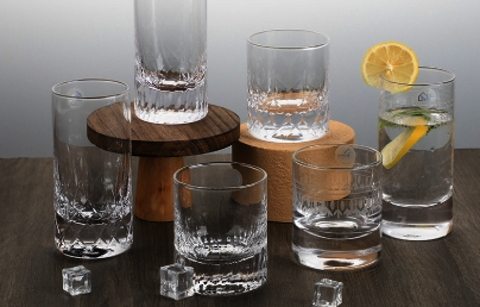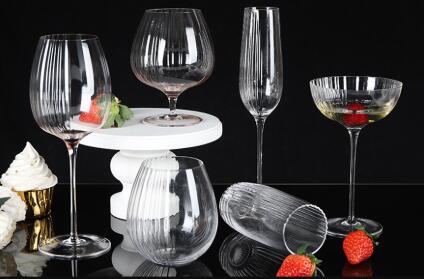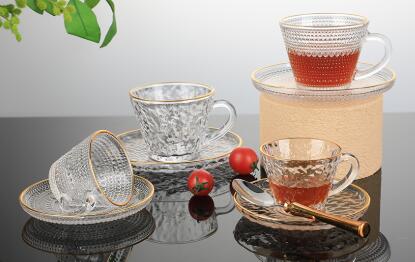Can you put glassware into the refrigerator or oven
Pulished on May. 29, 2019Now glassware is popular in our daily life as it has relatively lower lead tolerance. We called safe dinnerware. But do you clearly know that can we put this glassware into the refrigerator or oven? In this article we’ll learn about this issue.
Soda-lime glass cup:
1.Put a soda-lime glass cup with hot water in the refrigerator, the hot water will dissipate rapidly and the compression will work quickly. If the thickness of the water glass is relatively thick, it will cause uneven heat dissipation and make the water glass burst.
2.Do not put into the freezer, especially bottles with liquid. Because from liquid to ice, the volume will be increased. There will be also a great possibility to cause the bottle burst in a closed glass bottle.
3.Because the temperature of the refrigerator crisper is higher than 0 degrees, there is no problem with the ordinary glass in the refrigerator crisper, and it can be kept for a lone time as you .
4.Common glass cannot be used in oven, microwave oven. The average glass is not particularly good at heat-resisting, can only stand a temperature difference of around 60 degrees Celsius. Either rapid heating or rapid cooling can cause the glass to crack. So don't put a regular glass in the microwave or even oven.
There are different types of glasses. For most people a glass is simply a glass. But out of all types it has been found that borosilicate glasses are the safest and healthiest material. borosilicate glass consists of boron oxide which is the best material available for kitchen articles.
Some types of glass are not suitable for oven use. You have to check the bottom of the Glass Bowl Set to check if there is an instruction written. Only if it is written ‘oven safe’ keep it in the oven or else no. Here are few pics of the glassware that I personally loved.
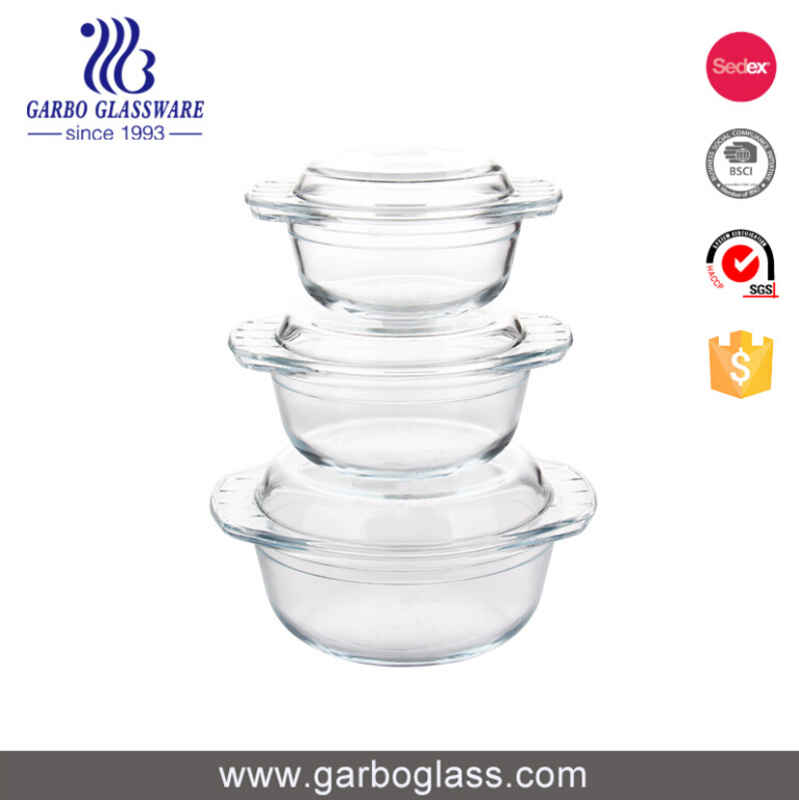
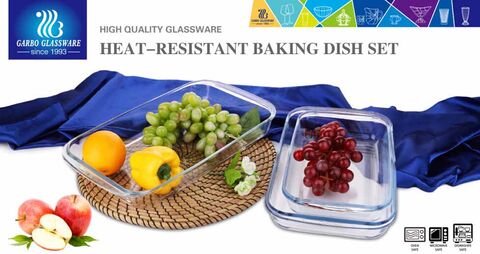
How to cook safely with heat-resisting glass cooker:
Always preheat the oven before placing heat-resisting cookware in it. While heat-resisting is made to go safely from refrigerator or freezer into a conventional, preheated oven, its integrity is at risk when exposed to intense bottom heat or uneven heating. Conventional ovens do not heat evenly during preheating. Until the designated temperature is reached, the actual temperature cycles above and below the setting, and the broiler element or bottom burner is activated. When preheating is completed, the lower burner shuts off and the oven temperature stabilizes, making it safe to introduce the heat-resisting glassware and prepared food. Make sure the bottom of the baking dish is covered with food or liquid. If you are roasting something that doesn't completely cover the dish bottom, such as vegetables or meat, add enough water or cooking stock to evenly cover the bottom before placing the dish in the oven.
Do not use the plastic lids that come with some Pyrex products in the oven. The lids are for storing food in the refrigerator or freezer, and can be used in the microwave as well, but should always be removed for oven baking.







